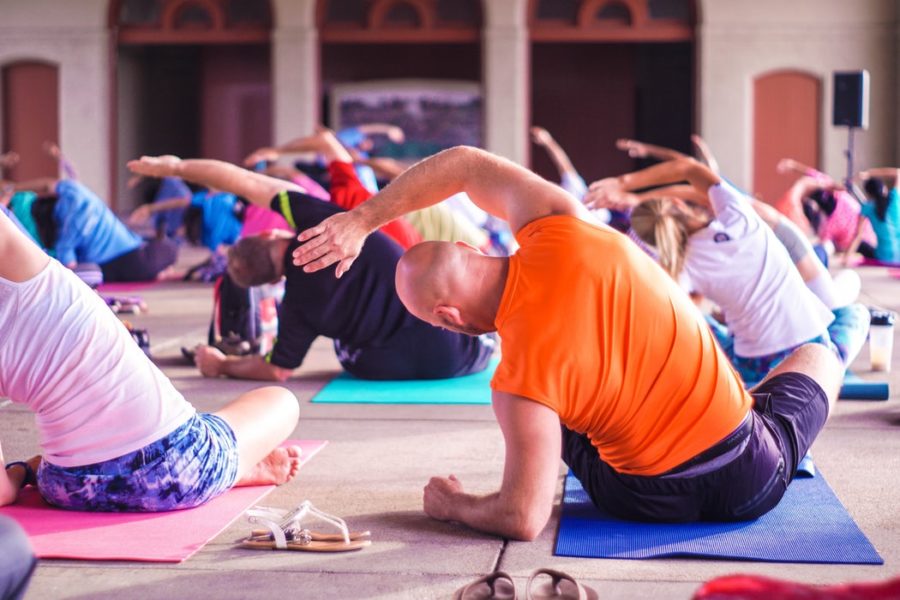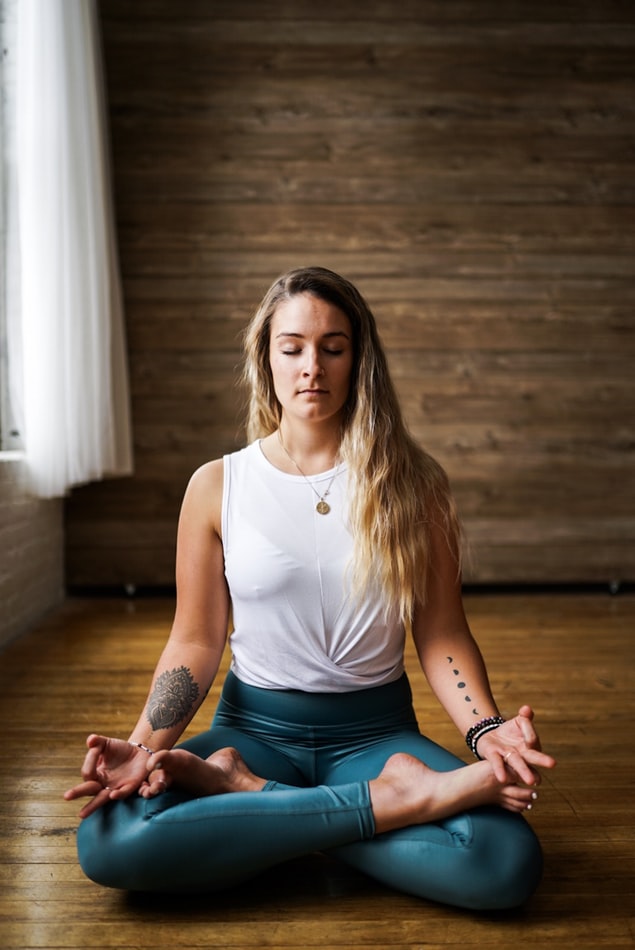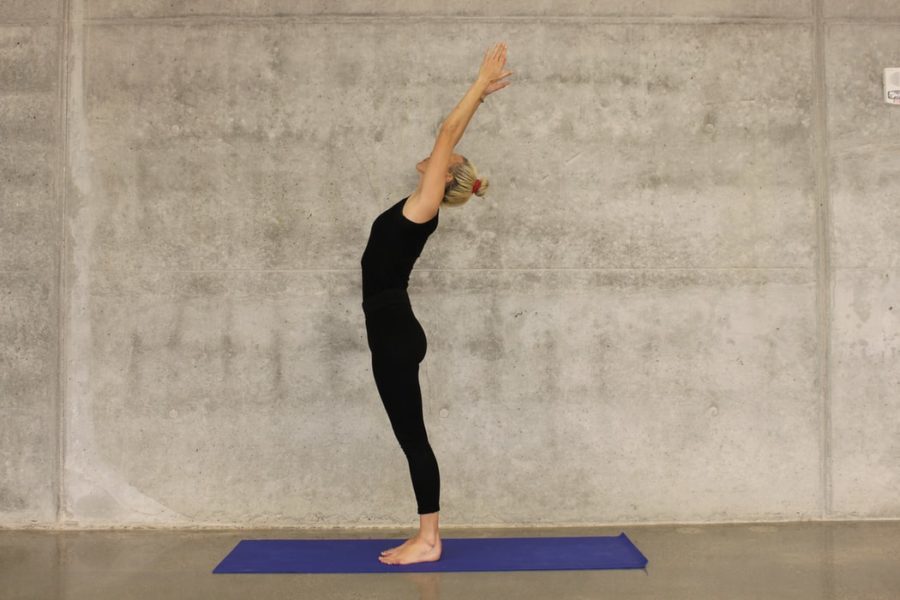
Yoga is the fastest growing discipline in the world. But not everyone is aware of how many myths are associated with the practice. There are no shortage of books written on yoga, and that means even people who know they want to practice the art or exercise more often will make multiple assumptions about it—until finally being adequately educated about it. With all types of exercise, there are all sorts of myths that have the potential to be harmful—from “playing around” to “injuries.” In yoga, there are as many essential distinctions as there are locations, movements, and positions. And not everyone is good at understanding this. But as with any new practice, there are plenty of proficient yoga teachers to keep everyone safe and injury free.
If you’re anxious or intimidated by yoga, I suggest you give it a try for one class but remember that you have a beginner’s mindset and it can only take you so far.

Here are a few common misconceptions about yoga:
1. “Yoga can help you achieve your full potential.”
Yoga and other modern forms of exercise may have a number of benefits for people, but some of these benefits may not be applicable. Bodyweight gain or a drop in your metabolism (especially in women) may occur from practicing yoga. On the other hand, some of the benefits, such as improving relationships and peace of mind, may very well be beneficial. There are many benefits yoga can bring and many yogis practice it as an activity in which they strive to be mindful of their thoughts, emotions, and conscious about what they do as they move through the practice.
2. “Yoga can make you thinner.”
Several popular myths are attached to a positive association with modern yoga. Yoga is certainly not for everyone, and it is not a prescription for your health. But many believe that it will make you thin if you are trying to lose weight. It takes a great deal of discipline and works for many yoga practitioners to bring their bodies into alignment as they practice the practice. The results can be amazing, but weight loss should not be the sole measurement of how good it is.

3. “Yoga requires flexibility.”
Well, I get that, just like everyone else. But from my experience, being flexible is not a requirement. It seems like a cop-out to say, “Yoga requires flexibility,” or to simply say, “There are many types of yoga classes and teachers out there that provide flexibility in different ways.” I’m sure I’ve been guilty of it. ”
4. “You have to practice many hours a week to get good at it.”
Practice yoga for just one and a half hours per day, and you’ll get better at it. In reality, practicing yoga for five minutes per day will do you a whole lot of harm. You’ll go through your entire body as the teacher tells you to, all of which could be good or bad. And you might just get bored with it. As a beginner, you may not be able to do all the poses in one go and definitely not necessarily with full force. The more you practice, the better you get.
There are many types of yoga classes available, so there’s no one right way to do yoga for everyone. But we can make a reasonable claim that there are many ways in which teachers can help students to find their yoga class.

Three things to keep in mind about beginner yogis:
- Our alignment is not perfect until we do it. If you see someone slack in one of the poses, check your alignment and make a correction.
- The lower body is even more relaxed during the beginner poses than the upper body.
- There are four pillars of yoga: Breathing, Breath, Breath, and More Breath. Staying focused on the breath will help build healthy bodies and mind’s, which is essential in yoga.
Whether you practice yoga or not, it is essential to understand the many ways in which it can complement any fitness program or be incorporated into an exercise routine that may appeal to you. Yoga may be the perfect complement to other types of exercise or may be used independently of them. Regardless of how yoga becomes a component of your exercise routine or if you do your own yoga class—so be sure to take the time to know about its many benefits and how it may suit your specific needs and desires.
There are many opportunities to explore the fundamentals of yoga, like the yoga postures, philosophy, and pranayama breathing. Take your time to thoroughly study all aspects of yoga to help uncover any myths you have. After you have learned, you can explore the various details of yoga as your body dictates. One of my teachers used to say, “It takes a lot of practice to learn what we never knew we learned”. This is true. I firmly believe that you can be a better yogi, and in this article, you will see the benefits of practicing yoga.

